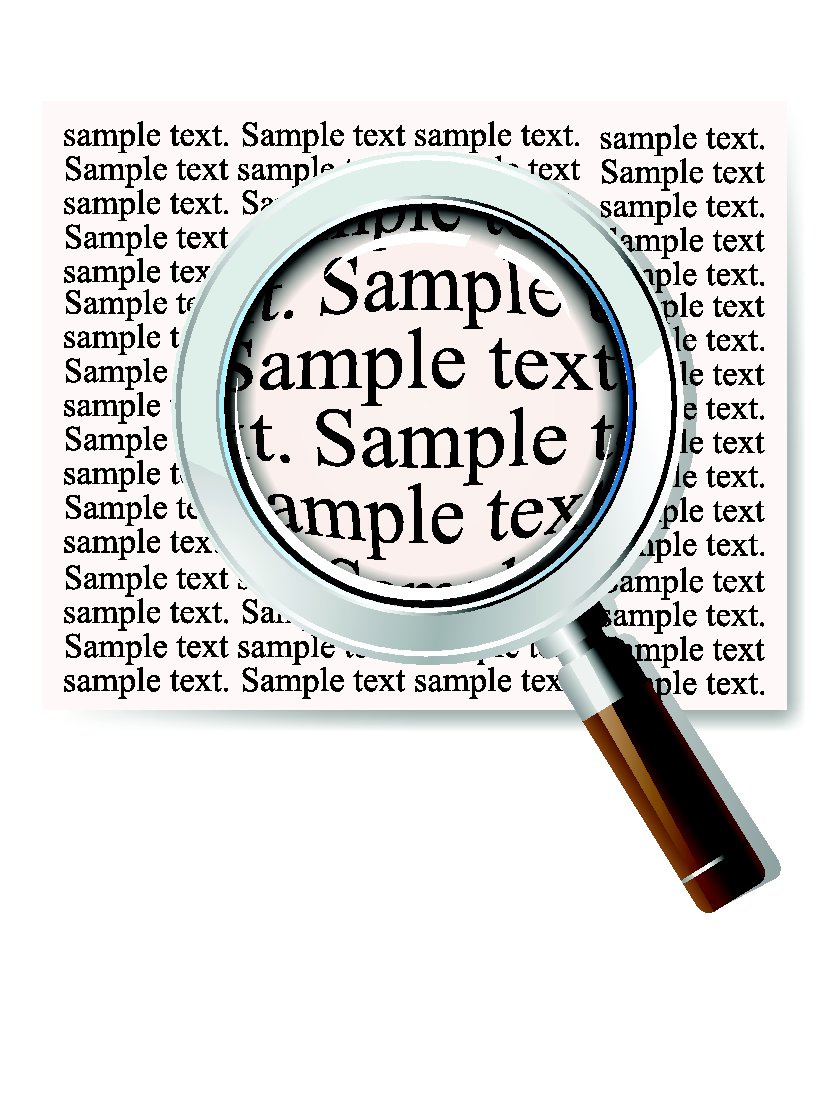What is OCR?
OCR stands for Optical Character Recognition and is one of the strongest and most lucrative developments in scanning technology in the last 20 years.
For OCR to be successful the software must be presented with a CLEAR image of a page generated with an optical scanner or a digital camera. The graphic file, often in the form of a JPG, will be regarded no differently than photograph and too the computer’s operating system; is a meaningless pattern of pixels. OCR is the process of turning a picture of text into text itself; producing a .TXT or .DOC file from a scanned JPG of a printed or handwritten page.
Applications of OCR
OCR allows us to search the document by keyword and edit it with a word processor. It also allows for ease of access when incorporating it into a Web page. TXT format is a lot smaller than any of the graphic file formats such as JPG, PNG, BITMAP etc. and therefore OCR is more efficient for storage space.
Machine-readable text can also be decoded by screen readers, tools that use speech synthesizers to read out the words on a screen so blind and visually impaired people can understand them, an incredibly valuable resource for universal access for all computer users.
How does it work?
In the 1960s, a font called OCR-A was developed to be used on things like bank cheques. Every letter was exactly the same width and the strokes were carefully designed so each letter could easily be distinguished from all the others. Check-printers were designed so they all used that font, and OCR equipment was designed to recognize it too. By standardizing on one simple font, OCR became a relatively easy problem to solve.
In real world applications and more so since the graphic design boom of the 90’s there are infinite possibilities for text and font not to mention handwriting! To tackle this issue, OCR programs had to be developed, first, to recognise letters written in a number of very common fonts such as Times, Helvetica, Courier, etc. This allowed for a much wider field of recognition but still not universal.
Looking at character recognition became a game of two halves: recognising characters in their entirety: pattern recognition or by detecting the individual lines and strokes characters are made from: feature detection. Using a combination of the two approaches has resulted in the excellent OCR performance we see in today’s modern applications.

